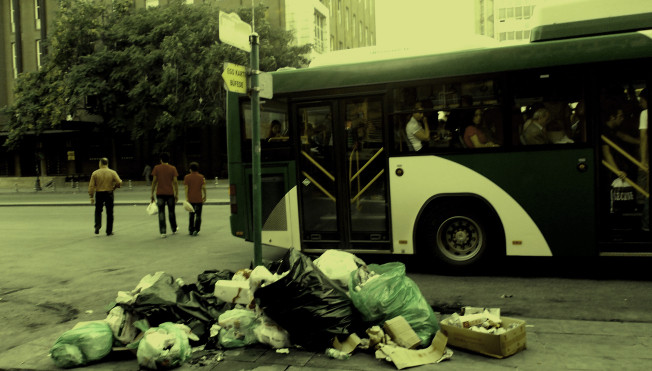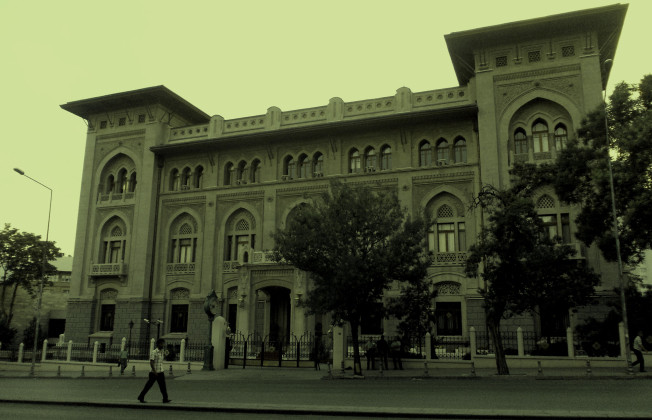In my previous post, I gave you a brief information about the district called Ulus. In this post, I will show you some more pictures from the center of Ulus. The pictures I’ve taken look worn out, because I aged them as how I’d perceived these places. Ulus, where the first Turkish Grand National Assembly was convened and became the modern face of the capital city, is today quite far from a modern look. On the contrary, it’s poor and looking grey with concrete buildings. I think, at this point I can talk to you about national architecture in Turkey in the light of modernism.
As you might know, with the proclamation of the Turkish republic there were attempts to create a secular, modern and Western (European specifically) nation-state (simply put). Modern architecture in this sense was imported from Europe, mainly inspired by German and Italian romantics in order to show public expressions during the modernizing period. European Modernism was the forefather of this era which actually was dominant from 1908,Young Turk revolution to 1950, end of single-party regime. During this time, the sculptures and monuments were mostly about Mustafa Kemal Atatürk, wars, generals, victories, independence, soldiers etc. following rationalist doctrine. These pieces of art were the concrete reflections of victory, supremacy and honor. The sizes of them grew constantly; giant sculptures and monuments were erected in many cities.
As Sibel Bozdoğan and other scholars in urban studies discuss how planned cities like Angora are conceived as expositions of pride and hard work of nation building. This monument is Ankara Zafer Anıtı- Triumph Memorial which was made by an Austrian artist Heinrich Krippel in 1925. The memorial is based on the Turkish War of Independence which is considered the most important historical event for the Republic of Turkey.

As Ayhan Akman wrote and I quote, “On the whole, the specific articulation of modernity and nationalism found in the Turkish case suggests not just modernization in the service of nationalism but a distinct, modernist form of nationalism.” So, it can be said that Republican elites used nationalism to reach the contemporary civilization via cultural transformation. National architecture indeed served as an instrument to build a national consciousness based on Turkish Republic and being forged out from the Ottoman Empire.

I wish national consciousness was enough to be able to live in a nice and clean state. Look at the garbage next to the bus station! In Angora, you can see many corners like that, full of garbage which smells awful in more than 30 degrees. When I was taking the picture, the folks were looking at me like, “Oh the tourists are taking pictures of our garbage. Of course we have a bad image in Europe…” I am sure if they could, they would take the camera from my hands.

This was one of the only buildings that I could tolerate in the district. It is the museum of Ziraat Bank and you can see the history of the bank which was found in 1863. I must say I wasn’t interested in checking it out. Well, it feels like there is a technical problem with the zeitgeist of Ulus. It’s stuck in 30′s.
